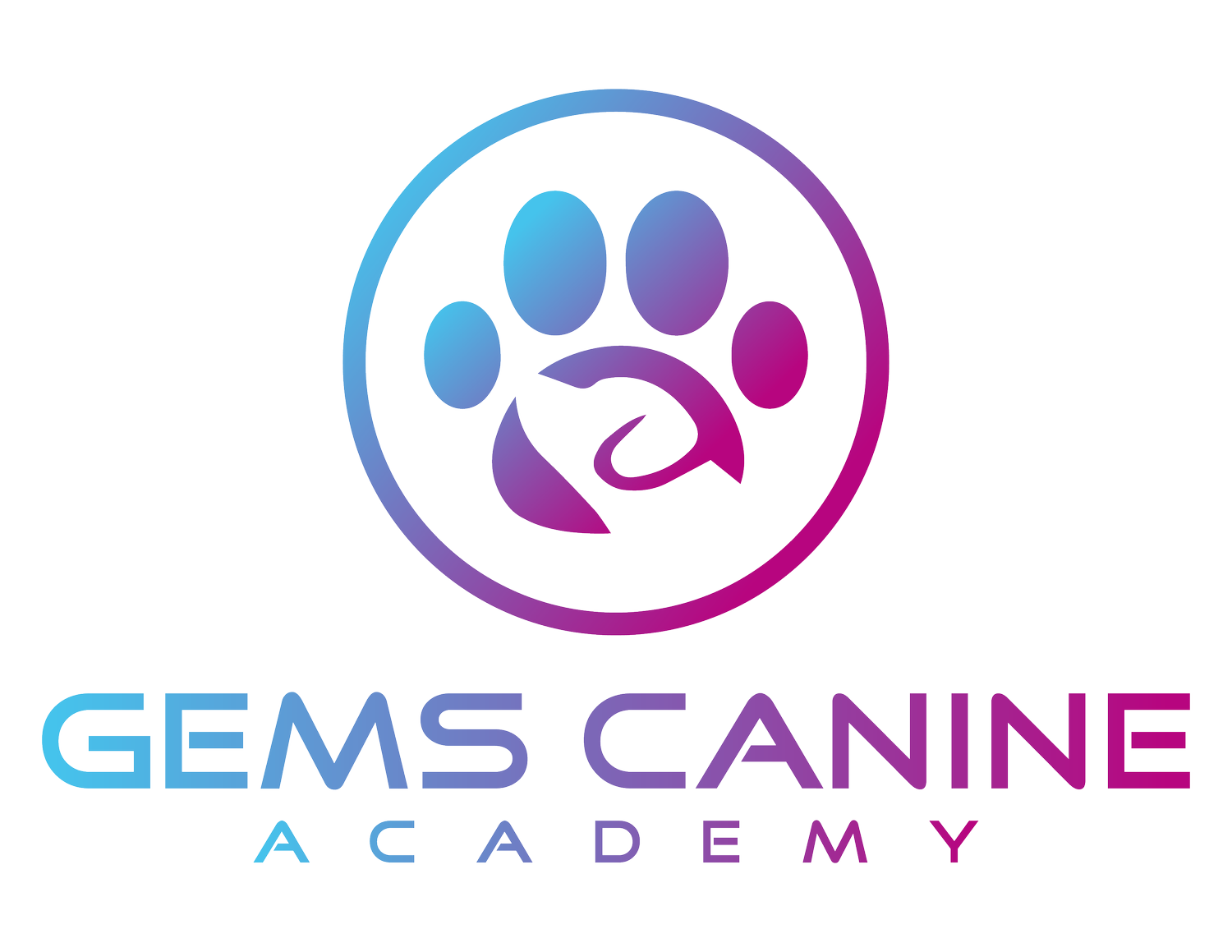Understanding the Dog Training Quadrants
Why positive and negative or reinforcement and punishment doesn’t mean good and bad in this context.
Last month I touched on LIMA (Least Intrusive, Minimally Aversive), one of the techniques I adopt during training sessions. I thought it might be beneficial to explain in more detail the four dog training quadrants and explain the effects they can have on dogs.
Positive and Negative / Reinforcement and punishment
Firstly whenever positive or negative are being discussed with regards to dog training, it doesn’t mean good or bad. It means adding or taking away.
Positive = ADDING something
Negative = REMOVING something
Reinforcement = to STRENGTHEN the behaviour pattern (see more of it)
Punishment = to WEAKEN the behaviour pattern (see less of it)
When it comes to training there are 4 quadrants, that when applied, will impact the behaviour the dogs is displaying.
Positive Reinforcement (Reward-Based Approach); EG a biscuit is given for sitting when asked
Negative Reinforcement (Escape-Avoidance Approach); EG applying pressure via the use of a check collar, when the dog sits, pressure is reduced
Positive Punishment (Correction Based Approach); EG until a dog stops mouthing hand during play, pressure will be applied
Negative Punishment Time-Out Approach); EG to stop a dog mouthing hand during play, stop playing for a short period
Negative Reinforcement and Positive Punishment
I’m only going to touch on these are the 2 elements of the quadrant as I don’t use them.
Negative reinforcement involves encouraging your dog's desired behaviour by removing or avoiding an unpleasant stimulus when they perform the right action.
Positive punishment involves introducing an aversive stimulus immediately after an undesirable behaviour is exhibited, with the aim of reducing the likelihood of that behaviour happening again.
Dogs are sensitive beings and my goal is to forever fortify the bond between them and their human. Science and studies have shown that using aversive methods and techniques with your dogs can have a detrimental affect, not only on the bond you share, but also on their psyche: such as fear or reactivity - why risk it when there’s another way.
Positive Reinforcement and Negative Punishment
Positive reinforcement is the cornerstone of modern, force-free dog training. This quadrant involves rewarding your dog with treats, praise, or affection whenever they display a desired behaviour. The treats or rewards act as motivation, making learning a positive experience for your pet.
Negative punishment involves removing a desirable stimulus after an undesirable behaviour occurs, discouraging the repetition of that behaviour. The aim is to teach the dog that their inappropriate actions lead to the loss of something enjoyable.
As a dog trainer my ethos is to use techniques that are fear free and force free. I use Positive Reinforcement, such as food/games/toys/praise, for the behaviours I want to see repeated. I use Negative Punishment, such as removing a human from a play situation, for behaviours I want to see less of - Although when attempting to lessen undesirable behaviours, what I find most effective is to teach the dog an alternative behaviour. I find it beneficial to always be telling the dog what I want to see and reinforcing those behaviours.
Communication is Key
Have you ever done a team building exercise where 1 person has a sense removed, generally sight by being blindfolded, and their team mate has to give them instructions to direct them to a specific area of the room? It usually ends with voices getting louder and lots of hilarity. Now imagine your dog is the blindfolded one, only instead of giving them clear instructions, you tell them No and punish them when they don’t understand what your wanting. That doesn’t seem fair does it?
Pieces of the Puzzle
Positive reinforcement or positive training, isn’t just about feeding your dogs biscuits. Its about teaching them the behaviours we want to see more of, in as many environments and situations as possible. Its about continuing to practice these behaviours so the dog doesn’t loose it. Its about questioning why the dog isn’t doing what you’re asking - Do they truly know the cue? Are they distracted? Are they in pain? Are they tired? Are they bored? Are they over stimulated?
I often liken training a dog to putting together pieces of a puzzle. Learning what reinforces them, how they like to learn, the speed they like to go at. If we go at the pace of the dog, and adjust their training plan piece by piece, eventually it all comes together beautifully.
Until Next Time
Gem
XOXO
